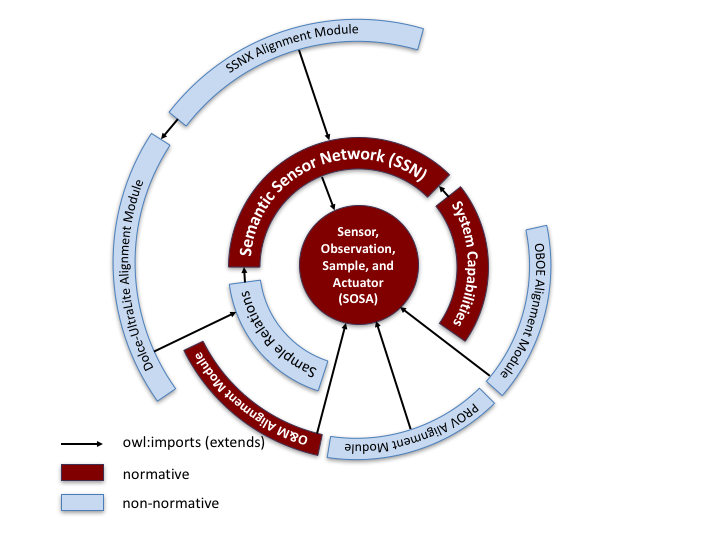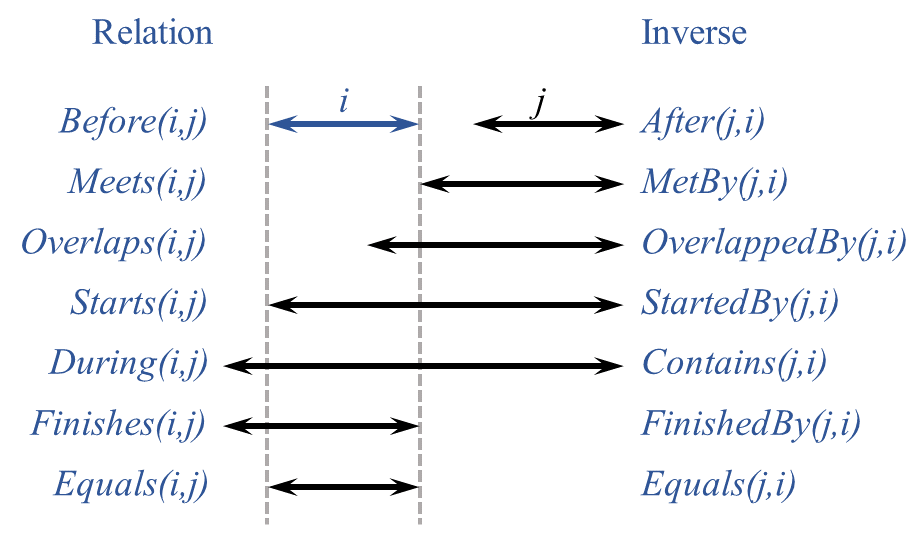News
Update to the Candidate Recommendation: ActivityPub
8 September 2017 | Archive
The Social Web Working Group invites implementations of an updated Candidate Recommendation of ActivityPub. The ActivityPub protocol is a decentralized social networking protocol based upon the [ActivityStreams] 2.0 data format. It provides a client to server API for creating, updating and deleting content, as well as a federated server to server API for delivering notifications and content. The two normative changes are to improve compatibility with the Mastodon federated social network implementation, in response to feedback from Mastodon developers.
First Public Working Drafts: Paint Timing 1; Long Tasks API 1
7 September 2017 | Archive
The Web Performance Working Group has published two First Public Working Drafts today:
Paint Timing 1: This document defines an API that can be used to capture a series of key moments (First Paint, First Contentful Paint) during pageload which developers care about.
Long Tasks API 1: This document defines an API that web page authors can use to detect presence of “long tasks” that monopolize the UI thread for extended periods of time and block other critical tasks from being executed – e.g. reacting to user input.
Call for Review: Semantic Sensor Network Ontology Proposed Recommendation Published
7 September 2017 | Archive
 The Spatial Data on the Web Working Group has published a Proposed Recommendation of the Semantic Sensor Network Ontology specification. The specification defines an ontology for describing sensors and their observations, the involved procedures, the studied features of interest, the samples used to do so, and the observed properties, as well as actuators.
The Spatial Data on the Web Working Group has published a Proposed Recommendation of the Semantic Sensor Network Ontology specification. The specification defines an ontology for describing sensors and their observations, the involved procedures, the studied features of interest, the samples used to do so, and the observed properties, as well as actuators.
SSN follows a horizontal and vertical modularization architecture by including a lightweight but self-contained core ontology called SOSA (Sensor, Observation, Sample, and Actuator) for its elementary classes and properties. With their different scope and different degrees of axiomatization, SSN and SOSA are able to support a wide range of applications and use cases, including satellite imagery, large-scale scientific monitoring, industrial and household infrastructures, social sensing, citizen science, observation-driven ontology engineering, and the Web of Things. Comments are welcome through 5 October 2017.
Call for Review: Time Ontology in OWL Proposed Recommendation Published
7 September 2017 | Archive
 The Spatial Data on the Web Working Group has published a Proposed Recommendation of the Time Ontology in OWL specification. The ontology provides a vocabulary for expressing facts about topological (ordering) relations among instants and intervals, together with information about durations, and about temporal position including date-time information. Time positions and durations may be expressed using either the conventional (Gregorian) calendar and clock, or using another temporal reference system such as Unix-time, geologic time, or different calendars. Comments are welcome through 5 October 2017.
The Spatial Data on the Web Working Group has published a Proposed Recommendation of the Time Ontology in OWL specification. The ontology provides a vocabulary for expressing facts about topological (ordering) relations among instants and intervals, together with information about durations, and about temporal position including date-time information. Time positions and durations may be expressed using either the conventional (Gregorian) calendar and clock, or using another temporal reference system such as Unix-time, geologic time, or different calendars. Comments are welcome through 5 October 2017.
W3C Invites Implementations of Media Queries Level 4
5 September 2017 | Archive
The CSS Working Group invites implementations of Media Queries Level 4 Candidate Recommendation. Media Queries allow authors to test and query values or features of the user agent or display device, independent of the document being rendered. They are used in the CSS @media rule to conditionally apply styles to a document, and in various other contexts and languages, such as HTML and Javascript.
Media Queries Level 4 describes the mechanism and syntax of media queries, media types, and media features. It extends and supersedes the features defined in Media Queries Level 3.
CSS is a language for describing the rendering of structured documents (such as HTML and XML) on screen, on paper, in speech, etc.
